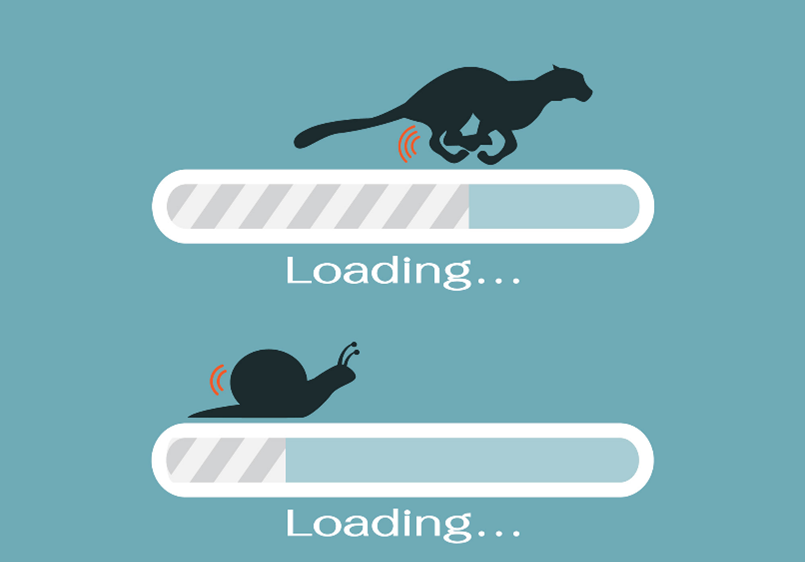
Guide to building an attractive website in Singapore
Based on statistics, 48% of online users voted that the design of a website is a crucial component in determining a company’s credibility. The design of a website influences how visitors perceive a business or individual online, and a visually appealing website can set a business apart from competitors.
Being unique may also enable a company or individual to stand out from the crowd and, in return, generate more leads. A website should always be visually appealing for visitors to form a lasting and favourable impression. Let us share tips in this marketing article on making a website more attractive in Singapore.
Design for the user First
When creating websites, always focus on designing for a good user experience. The visitors will be the ones to interact with the website to learn more about the product or services. Consider how to design a website to give the audience the best possible experience when building it. Examine components such as the design format, navigation, and visual elements.
With better user experiences, visitors will stay on the website longer, which can help to generate more leads and enquiries. Creating an attractive website involves a blend of design aesthetics, user experience principles, and mobile responsiveness and accessibility. Keeping these elements in mind ensures the website is visually appealing but also functional, user-friendly, and accessible to a wide range of users.
Design Aesthetics: Trends and Best Practices
In today’s web design, simplicity reigns. A clean, uncluttered layout helps in highlighting the essential elements and improves readability. Use whitespace effectively to create a breathable, open design. Ensure the website reflects the brand identity by consistently using colours, fonts, and styling. This reinforces brand recognition and provides a professional look.
Use high-resolution images and videos that are relevant and appealing. Visual storytelling can greatly enhance user engagement and convey the message more effectively. Typography creates an attractive website. Use fonts that are easy to read and align with the brand’s personality. Combine different font styles and sizes strategically for emphasis and hierarchy.
Choose a colour scheme that resonates with the brand and appeals to the target audience. Be mindful of colour contrasts for readability and accessibility. Engage users with interactive elements like hover effects, scrolling animations, and micro-interactions. These can enhance the user experience by making the website more dynamic and engaging.
User Experience (UX) Principles
Ensure the website has a clear, logical navigation structure with UI and UX web designing. Users should find what they are looking for effortlessly. Include a search function for larger sites. A fast-loading website is crucial for a good UX. Optimize images and scripts to reduce loading times, ensuring users don’t leave the site out of frustration.
Guide users with clear and concise CTAs. Whether to purchase, learn more or contact, CTAs should be prominent and straightforward. Maintain consistency across all pages regarding design, tone, and layout. Consistency helps in creating a seamless experience for users.
Provide immediate feedback for user interactions (like form submissions). Interactive elements should be responsive and inform the user of what’s happening. Ensure that the website is accessible to all, including people with disabilities. This includes alt text for images, keyboard navigation, and voice command compatibility.
Mobile Responsiveness and Accessibility
A responsive website should automatically adjust its layout, content, and images based on the device it’s being viewed on. This ensures a seamless experience across all devices. Ensure all buttons, links, and calls to action are easy to tap on a touchscreen device. Menus should be easily expandable and collapsible on small screens.








